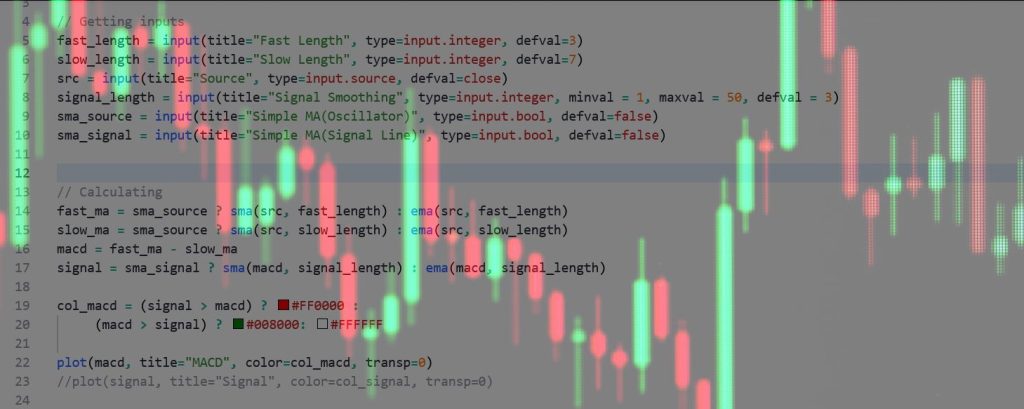How To Backtest Strategies On TradingView
Backtesting is a widely used and effective method for developing and evaluating trading strategies. It involves simulating a trading strategy on historical market data to see how it would have performed in the past. This allows traders to see how the strategy would have fared under different market conditions and to identify any potential issues or weaknesses before deploying it in the live market.
There are several advantages to using backtesting as a method for conjuring trading strategies:
- Backtesting allows traders to test their strategies on a large amount of data, which helps to improve the reliability and robustness of the results.
- It allows traders to see how their strategies would have performed under different market conditions, such as bullish and bearish trends, high and low volatility, and so on.
- Backtesting allows traders to optimize their strategies by adjusting various parameters and re-running the tests to see how the changes affect performance.
- It is a cost-effective way to evaluate and refine trading strategies, as traders do not need to use real money to test their strategies.
In contrast, other methods for developing trading strategies, such as paper trading (simulating trades on a paper or virtual platform) or live trading (executing trades in the live market), do not offer the same level of insight and control as backtesting. These methods can be useful for testing strategies on a smaller scale, but they do not provide the same level of data and control as backtesting. As a result, they are generally not as effective at identifying potential issues or weaknesses in a strategy.
If You Know Pine Script, Or Want To Learn It
- Go to the TradingView website and create an account if you don’t already have one.
- Select the “Strategies” tab in the main menu and then click the “Create a Strategy” button.
- Select the market and time frame you want to backtest your strategy on. You can also select specific data sources and adjust the date range of the backtest.
- Next, you will need to define the rules of your trading strategy using TradingView’s proprietary scripting language, PineScript. This involves specifying entry and exit conditions, setting stop loss and take profit levels, and any other rules that you want to include in your strategy.
- To add an indicator to your strategy, you will need to use the appropriate PineScript function. For example, to add a moving average, you can use the
sma()function. To add a relative strength index (RSI), you can use thersi()function. You can find a list of all the available PineScript functions and their syntax in the TradingView PineScript documentation. - Once you have added your indicators to your strategy script, click the “Backtest” button to run the backtest. TradingView will simulate your strategy on the selected market data and provide you with various performance metrics, such as net profit, maximum drawdown, and win rate.
- You can adjust the parameters of your strategy and re-run the backtest to see how it performs under different conditions. You can also use the “Optimize” feature to find the optimal values for your strategy’s parameters.
- Once you are satisfied with the results of your backtest, you can save your strategy and use it to generate trade signals on the live market.
If You Don’t Know Pine Script
If you want to find a wide assortment of pre-built strategies that you can use for backtesting on TradingView without having to know PineScript, you can use the platform’s search feature to find strategies that match specific keywords. Here is a basic guide on how to do this:
- Go to the TradingView website and create an account if you don’t already have one.
- In the “Search for a Strategy” field, enter the word “strategy” and hit the Enter key. This will bring up a list of strategies that contain the word “strategy” in their names or descriptions.
- You can further narrow down the list of strategies by using additional keywords in your search. For example, you can search for “strategy + RSI” to find strategies that use the relative strength index (RSI) indicator.
- You can also use the filters on the left-hand side of the page to refine your search results based on various criteria, such as the market, time frame, and data source.
- Once you have found a strategy that you want to backtest, click on the strategy’s name to open it. Then, select the market and time frame you want to backtest on and click the “Backtest” button to run the backtest.
- TradingView will simulate the strategy on the selected market data and provide you with various performance metrics, such as net profit, maximum drawdown, and win rate. You can adjust the parameters of the strategy and re-run the backtest to see how it performs under different conditions.
Keep in mind that backtesting is just one step in the process of evaluating a trading strategy. It is important to also test the strategy on live market data and continuously monitor its performance to ensure that it is still effective.

